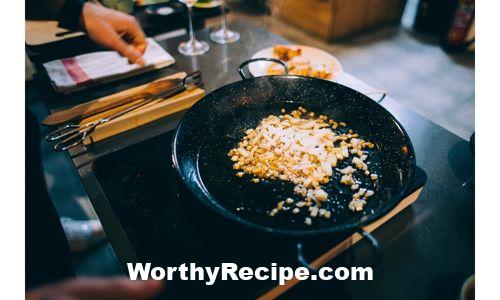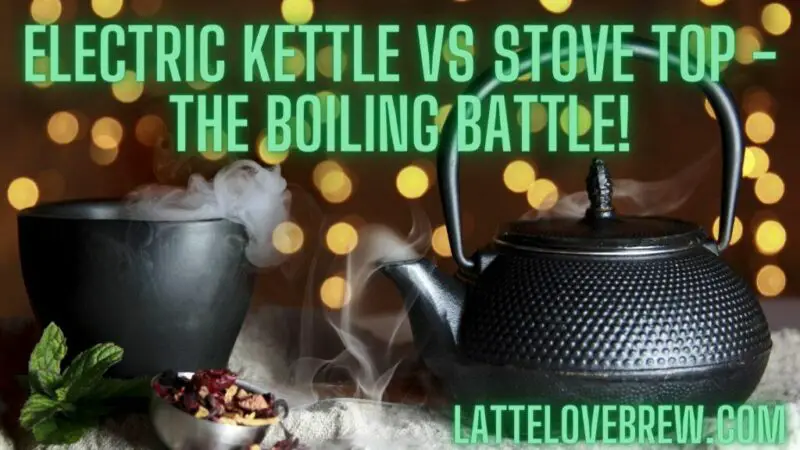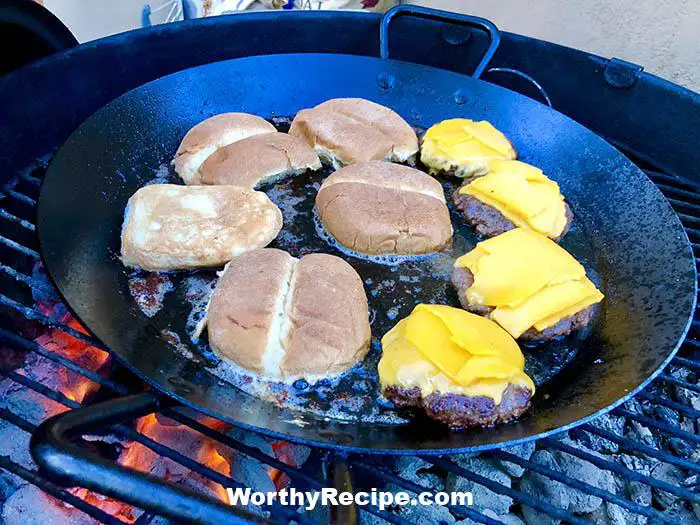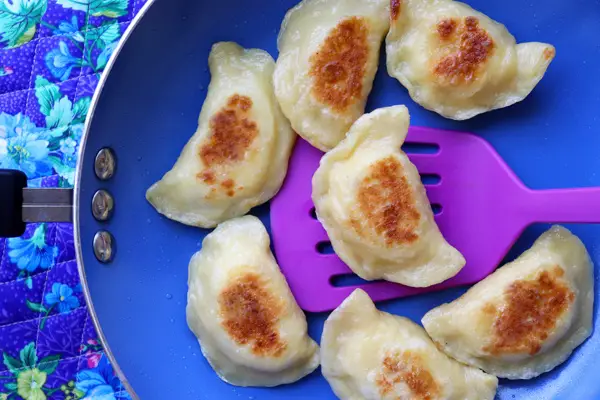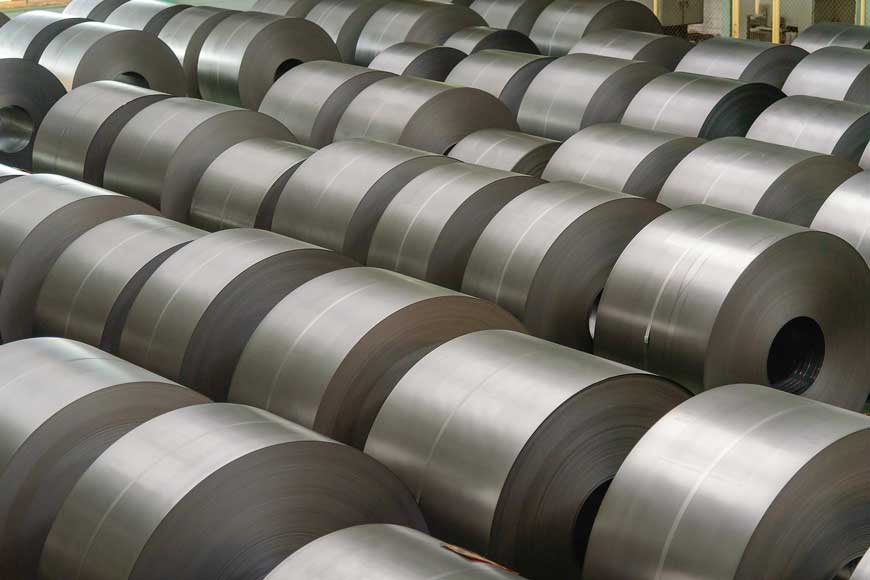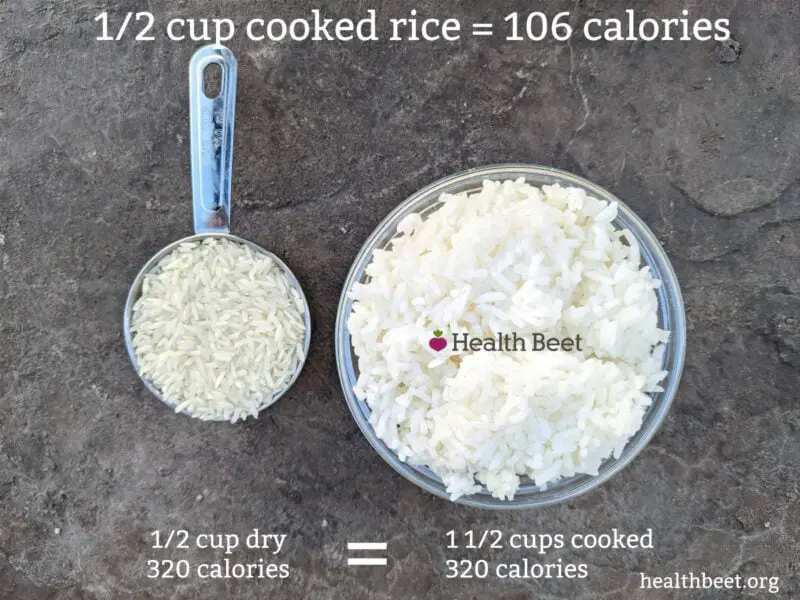Introduction
Do you ever find yourself wondering if it’s safe to put a plate in boiling water? In this article, we’ll explore the different factors that determine whether or not it’s safe and discuss the types of plates that can handle boiling water. We’ll also look into the risks associated with putting plates in boiling water, and what safety precautions you should take. Finally, we’ll delve into alternative options for heating plates and answer frequently asked questions about boiling plates.
Is It Safe to Put a Plate in Boiling Water?
Whether or not it’s safe to put a plate in boiling water depends on a few factors. These include the type of plate you’re using, the quality of the plate, and how much thermal shock it can withstand.
Some types of plates are better suited to handle boiling water than others. Generally, ceramic and glass plates work best due to their heat resistance. On the other hand, thermoplastic plates are more susceptible to melting when subjected to high heat.
Heat Resistance of Plates
The materials used to make plates directly affect their resistant properties. Ceramic is one of the most common materials used for making plates because of its ability to tolerate high levels of heat. It is often glazed to make it water-resistant and less porous.
Glass is another popular material used for making plates due to its ability to distribute heat evenly. However, not all glassware is tempered and can shatter under high temperatures.
Thermoplastic materials offer versatility in terms of design but are generally more limited in terms of heat resistance. Some types such as melamine can withstand temperatures up to 100°C/212°F before degrading.
Thermal Shock Resistance of Plates
Thermal shock occurs when there is a sudden change in temperature that results in an object expanding or contracting too fast for its own structure to handle. This can cause the object to develop cracks or, in extreme cases, shatter entirely.
Plates that are not thermally shock-resistant are more likely to crack or break when subjected to boiling water. Some plates are marked as oven-safe but not intended for stovetop use. Conversely, some plates may be explicitly designated as “boiling safe” or “stovetop safe”.
Safety Precautions When Using Plates in Boiling Water
If you decide to boil a plate, there are several safety precautions that you should take:
- Wear heat-resistant gloves to avoid burning your hands while immersing and removing the plate from boiling water.
- Immerse the plate slowly in boiling water: sudden contact of a cold dish with hot water increases the risk of rapid cracking.
- Once removed from the boiling water, place the plate on a potholder to avoid it coming into direct contact with cool surfaces that might trigger thermal shock.
After following these safety guidelines, it’s still important to examine the plate for damages before using it.
Alternative Options for Heating Plates
While heating plates in boiling water is an acceptable method, there are alternative ways to accomplish this task.
Microwave
Heating up plates in a microwave is an easy and convenient alternative. Simply place one or two plates inside and heat between 30 seconds and two minutes depending on the wattage of your microwave. The downside is that it won’t provide crispy results, and if you have more than two plates, you’ll need to repeat the process multiple times.
Oven
Using an oven is another option but may require more time and setup. You’ll need to preheat the oven according to instructions and place your plates inside. After about 15 minutes, remove them using potholders and serve any food immediately to prevent the plates from returning to room temperature. This method is ideal for heating a batch of plates, but keep in mind that it may require more electricity and provide slightly different results than boiling plates.
Differences Between Heating Methods
Microwaving plates is by far the quickest and easiest way to heat them up, but this method doesn’t offer consistent results. Heating multiple plates at once with microwaves can lead to unevenly heated food or unevenly heated dishes themselves.
Heating plates in an oven requires preheating and a longer waiting time, but it will ensure even heating across multiple dishes.
FAQS About Putting Plates in Boiling Water
Q: What types of plates are safe to put in boiling water?
A: Ceramic and glass plates are the best options because they can handle boiling water much better than plastic or melamine plates.
Q: Will boiling a plate damage my cookware?
A: Boiling a plate won’t cause any damage to your cookware unless you don’t follow safety precautions. Taking appropriate precautions should prevent you from damaging your cookware.
Q: Can I use any type of plate in an oven?
A: You shouldn’t use thermoplastic plates in the oven as they are more likely to melt under high temperatures. Other materials such as ceramic and glass can be safely used if they’re labeled “oven-safe”.
Conclusion
In conclusion, it’s generally safe to boil plates as long as you choose the right type of plate that can tolerate high temperatures. Ceramic and glass are the best materials for this purpose since they can handle boiling water without breaking. You should also take the proper safety precautions such as wearing gloves and being careful when removing the plate from boiling water. Additionally, you can use alternative heating methods such as microwaving or using an oven depending on your preferences. Avoid using materials such as thermoplastic plates that can’t handle high temperatures. By following these guidelines, you can enjoy safely boiling plates and prevent them from cracking or breaking.
Can a Plate Be Put in Boiling Water?
Yes, a plate can be put in boiling water, depending on the material it is made from. Some plates are not suitable for this purpose, while others can withstand high temperatures. It is essential to consider the type of plates you have before attempting to put them into boiling water.
What Types of Plates Can You Put in Boiling Water?
Plates made of high-quality ceramic, porcelain, and glass are usually suitable for boiling water. These plates can withstand high temperatures without cracking or breaking. However, make sure to check the manufacturer’s instructions before putting the plates in boiling water.
Will Putting a Plate in Boiling Water Damage It?
It depends on the plate’s material and quality. Plates made of materials like plastic or thin glass may not be able to withstand the high temperatures of boiling water and may break or melt. In contrast, plates made of high-quality ceramics, porcelains, or glasses will not damage when exposed to boiling water.
What Is Boiling Water Used For When Cooking With Plates?
Boiling water is often used in cooking to soften foods like vegetables and meats before they can be prepared. It is also used for sterilizing plates by dipping them into boiling water before serving food. Additionally, some recipes require cooking plates in boiling water to add flavor or texture to dishes.
